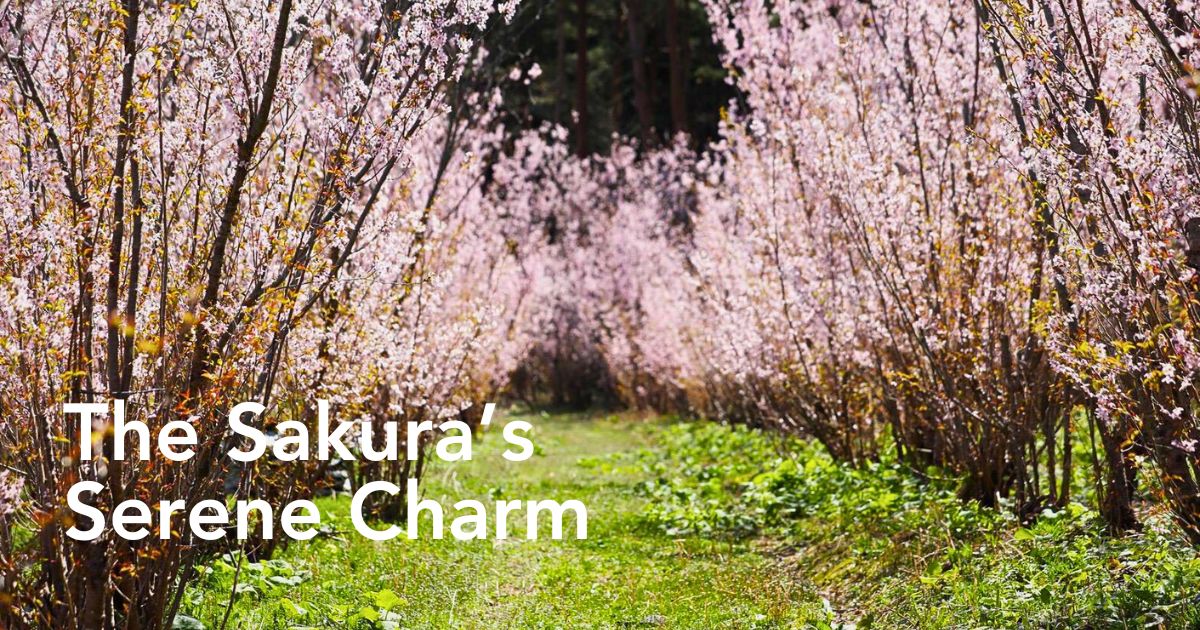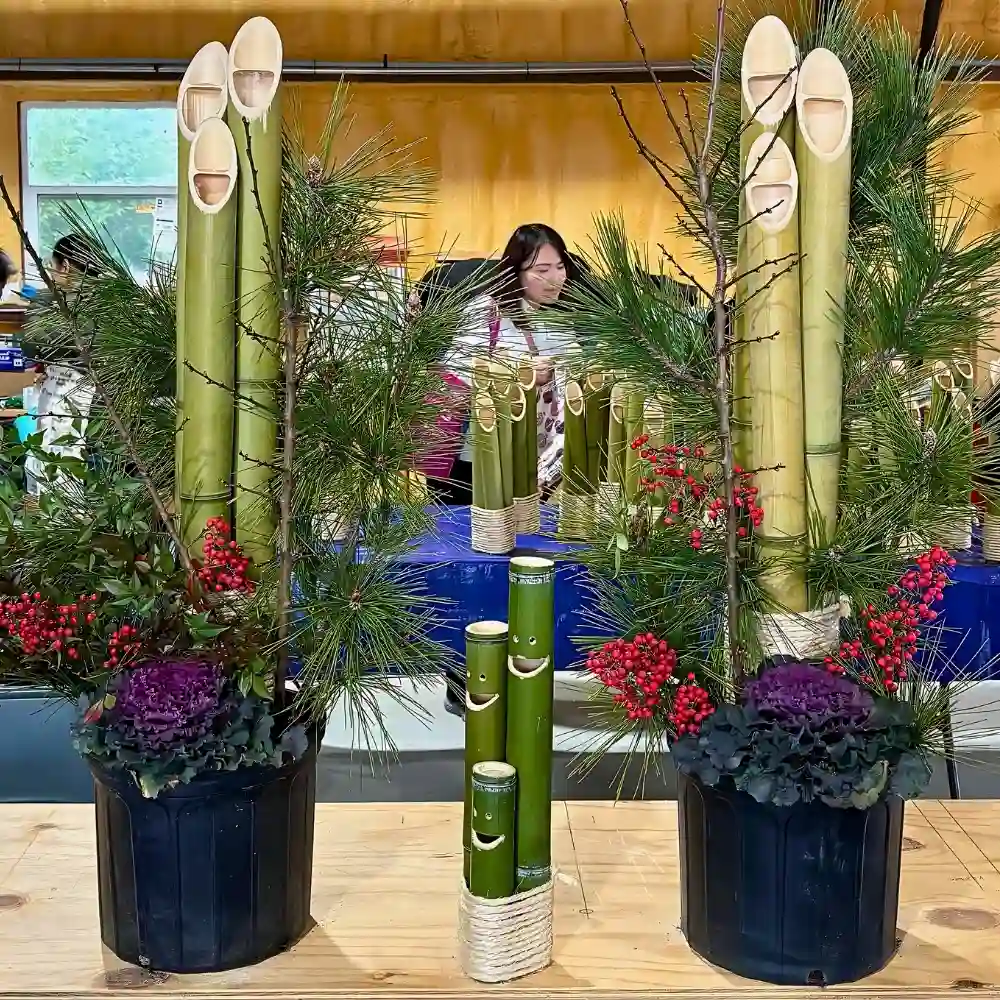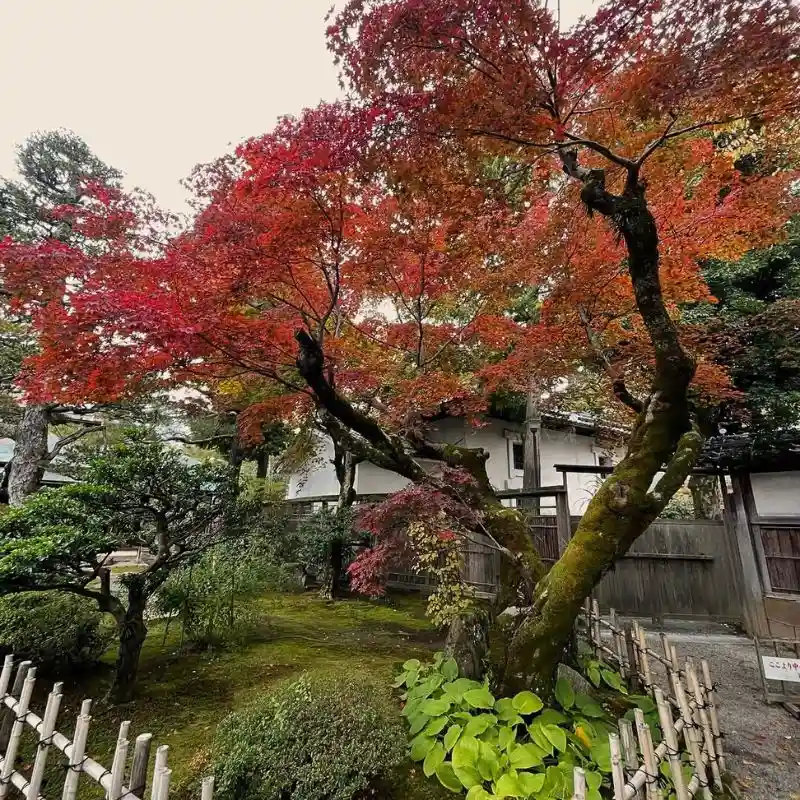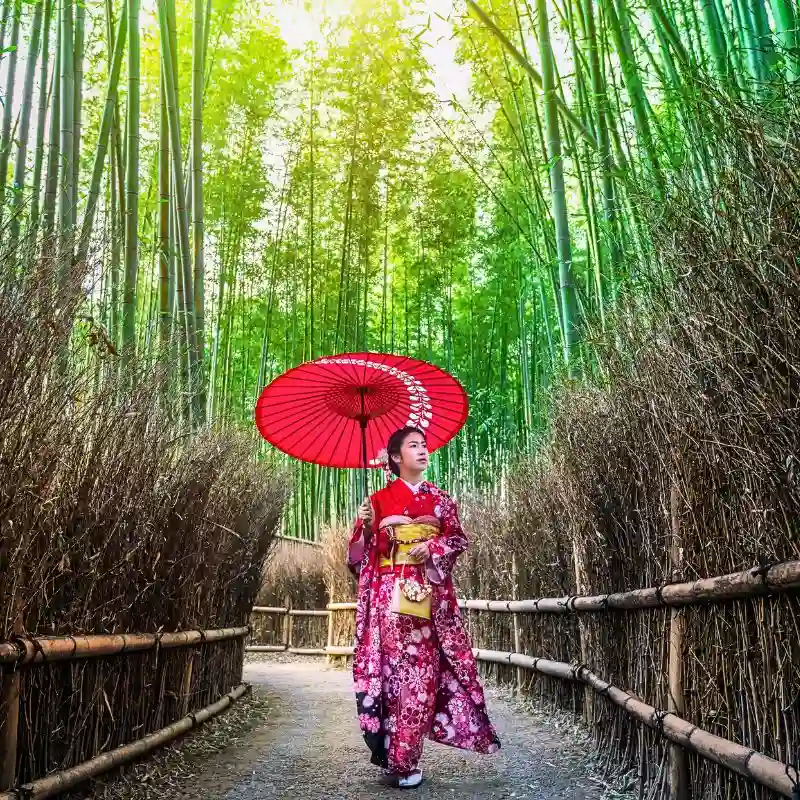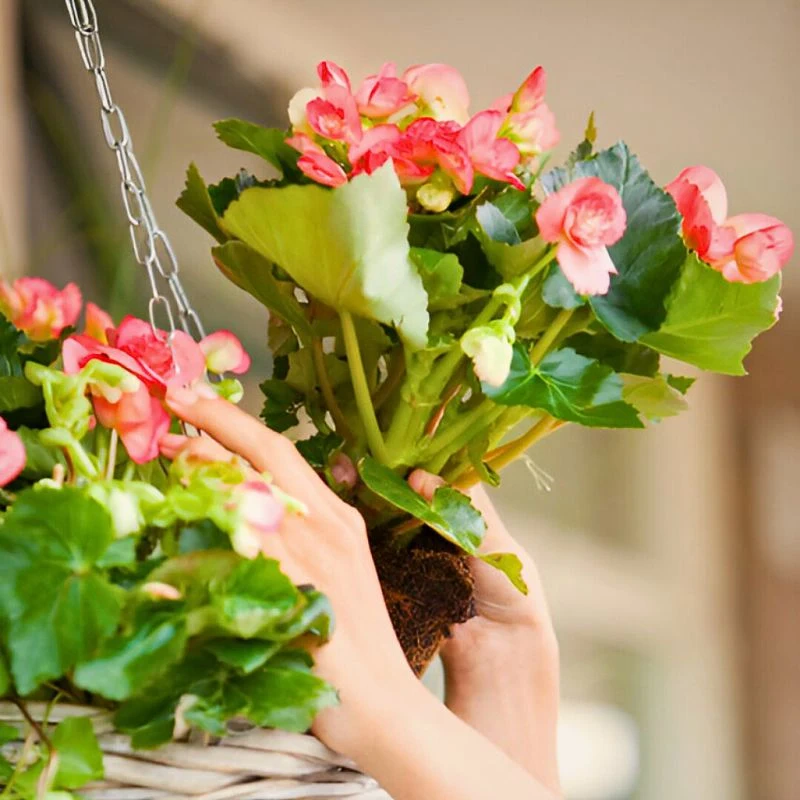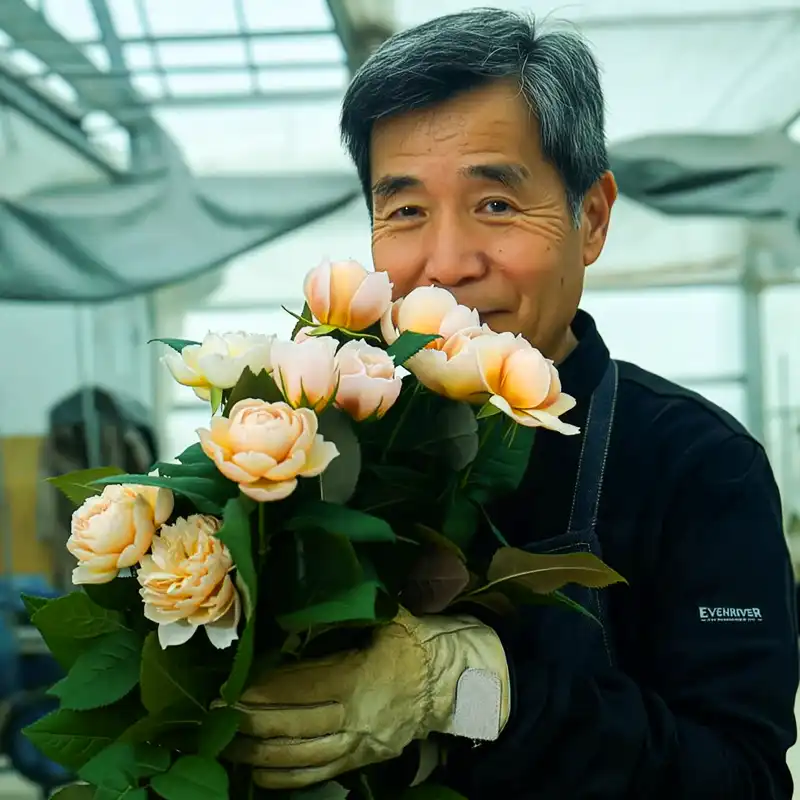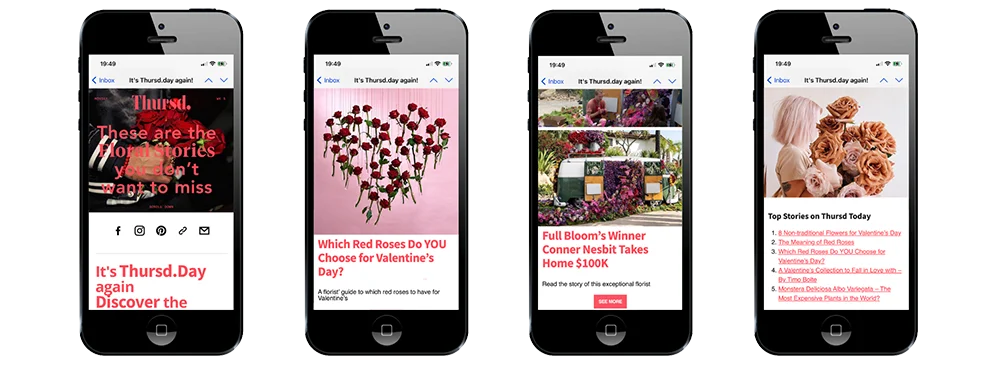Cherry blossoms (Prunus serrulata) are members of the Prunus genus, alongside relatives like plums, peaches, and apricots. Also called sakura, they hold great significance for the Japanese culture. Their quiet elegance draws the eye effortlessly. Think soft petals opening up to reveal subtle shades of pink against the fresh green of the leaves. Quite a sight to behold, you say!
For generations, they have woven themselves into Japanese life, carrying meanings of renewal and the beautiful impermanence of all things. Though deeply rooted in Japan's heritage, these flowers now travel far away from their mountainous birthplace, thanks to organizations like Aucnet, which guarantees they bring moments of serenity to people around the world.
A Journey Through Cherry Blossom History in Japan
But let's start by tracing the roots of the cherry blossoms in Japan. Cherry trees have dotted the country's wild mountain landscapes even since long before recorded history. During the Nara period (AD 700), Chinese influence dominated Japanese aesthetics. Back then, even the Waka poetry celebrated plum blossoms as the quintessential flower.
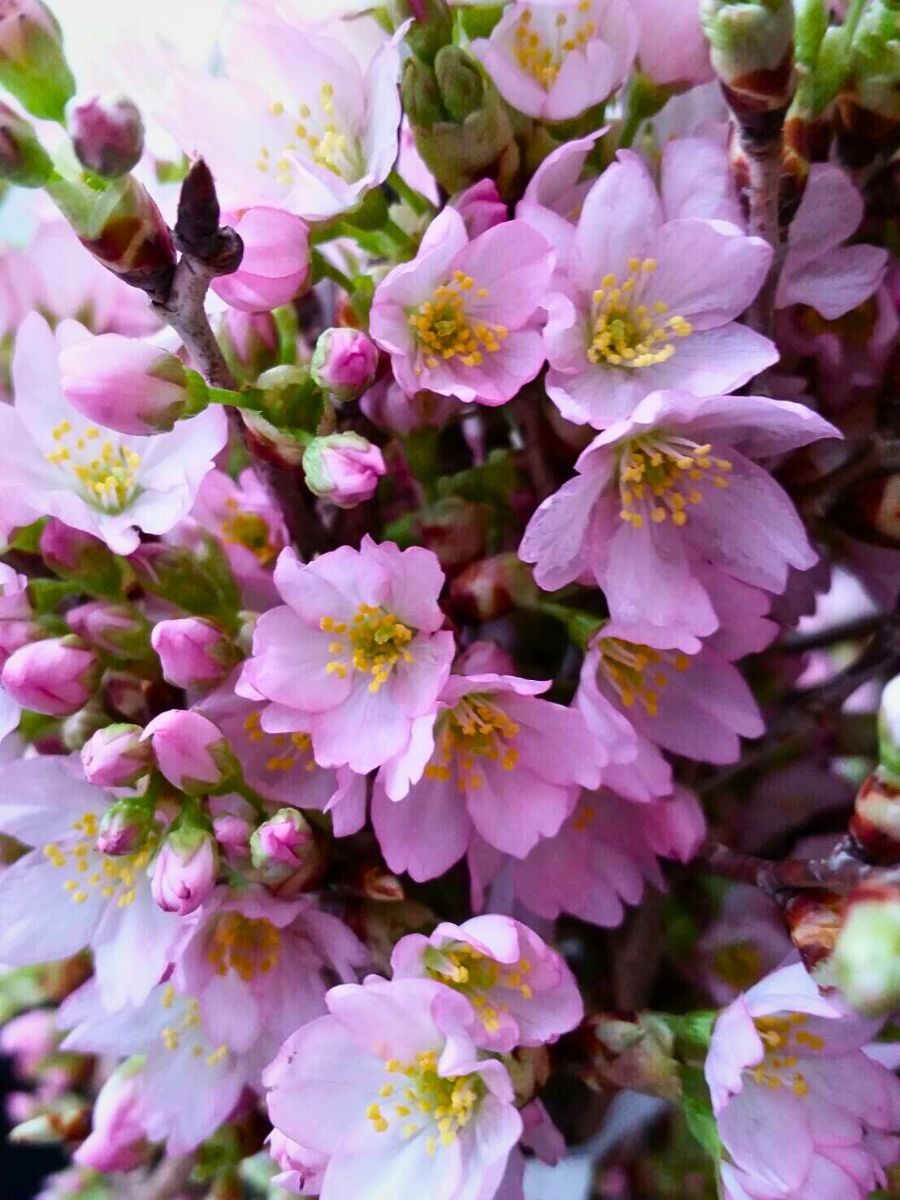
Generally, plum and peach trees introduced from China—non-native species not found growing naturally in the wild in Japan—held prominence in ornamental gardens. Even the word ‘flower’ itself, in particular, pointed straight to plum blossoms, which, along with these others, came from abroad. But by the Heian period from AD 784, a change started to happen.
Local Japanese traditions and cultures flourished, taking center stage. ‘Flower’ increasingly came to refer specifically to the cherry blossom. The culture of appreciating these flowers spread widely. During this period, cultivated varieties of cherry trees, including Yamazakura and Edohigan, were developed, and the production of saplings for planting in gardens began.
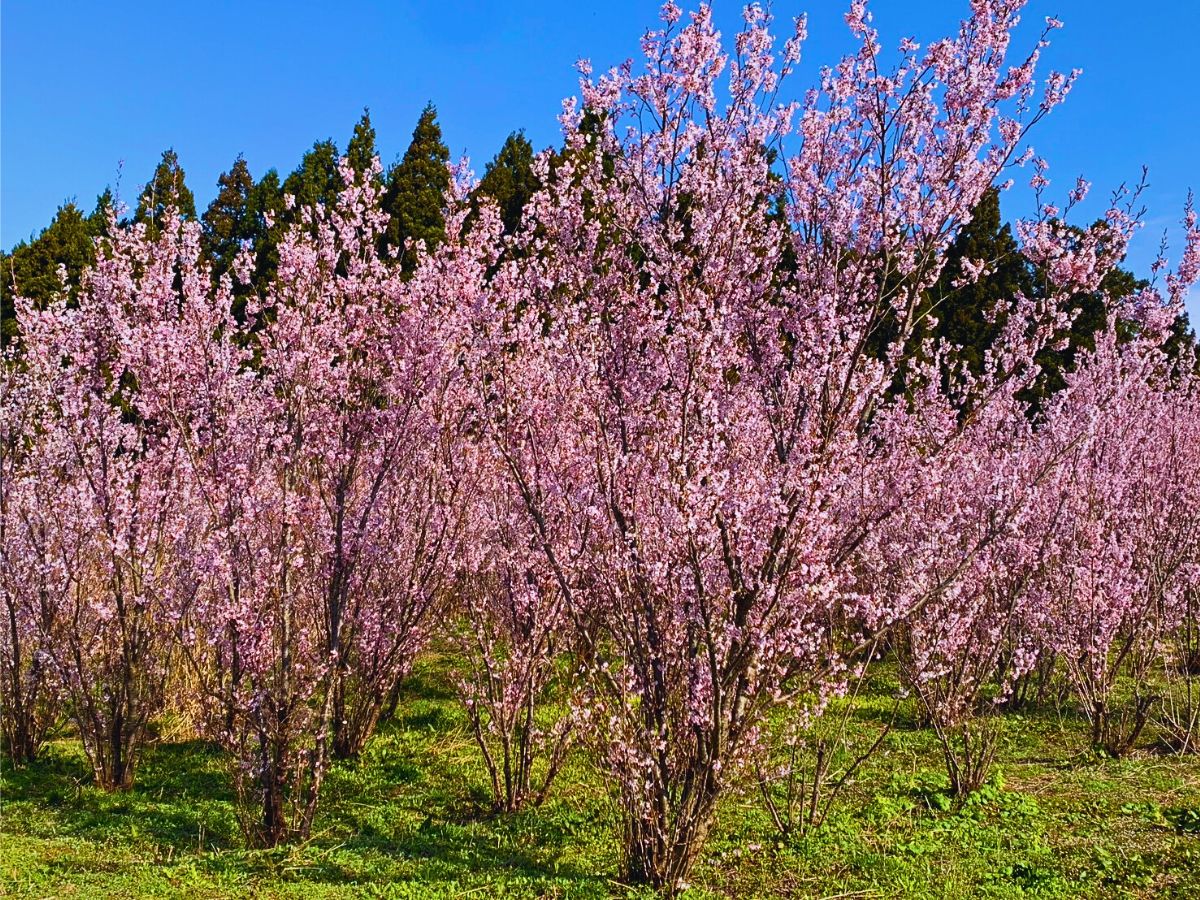
The ‘Weeping Cherry’ is a cultivated variety born during this time, as well. Many of these long-lived, giant trees, often over several hundred years old, are planted as solitary varieties at shrines and temples, and currently, 33 of these solitary trees are designated as National Natural Monuments, carefully preserved.
The Edo period (AD 1600) brought perhaps the most significant development in cherry blossom cultivation. It marked the creation of Somei Yoshino through crossing Edohigan and Oshima cherry varieties. Grown from grafts of one original tree, the variety caught on for its large, full, and eye-catching flowers that abundantly bloom.
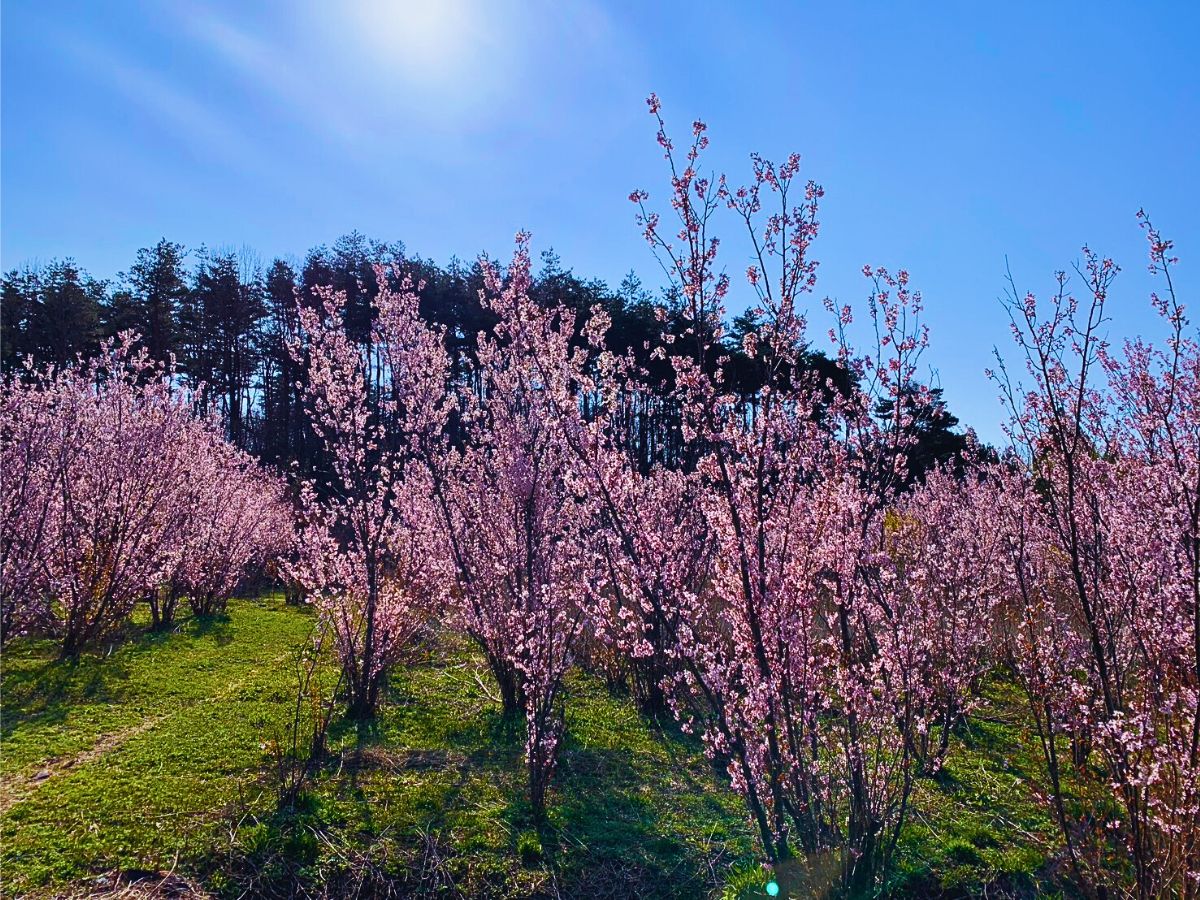
Following the Meiji period (1868-1912), Somei Yoshino spread nationwide, becoming the go-to type for cherry blossoms in Japan. It formed the basis for modern Hanami celebrations, where each spring, people gather to enjoy the festivities marking the joyful tradition of viewing cherry blossoms. Hanami has caught on across the world.
Bringing Japanese Cherry Blossoms to the World
Now, turning to Aucnet's role in sharing these cherry blossoms with the world, it handles exports, sending branches to places where the seasons differ greatly from Japan's. For instance, when heading to Europe, where temperatures stay fairly steady, buds at the same stage as those back home in Japan work just fine.
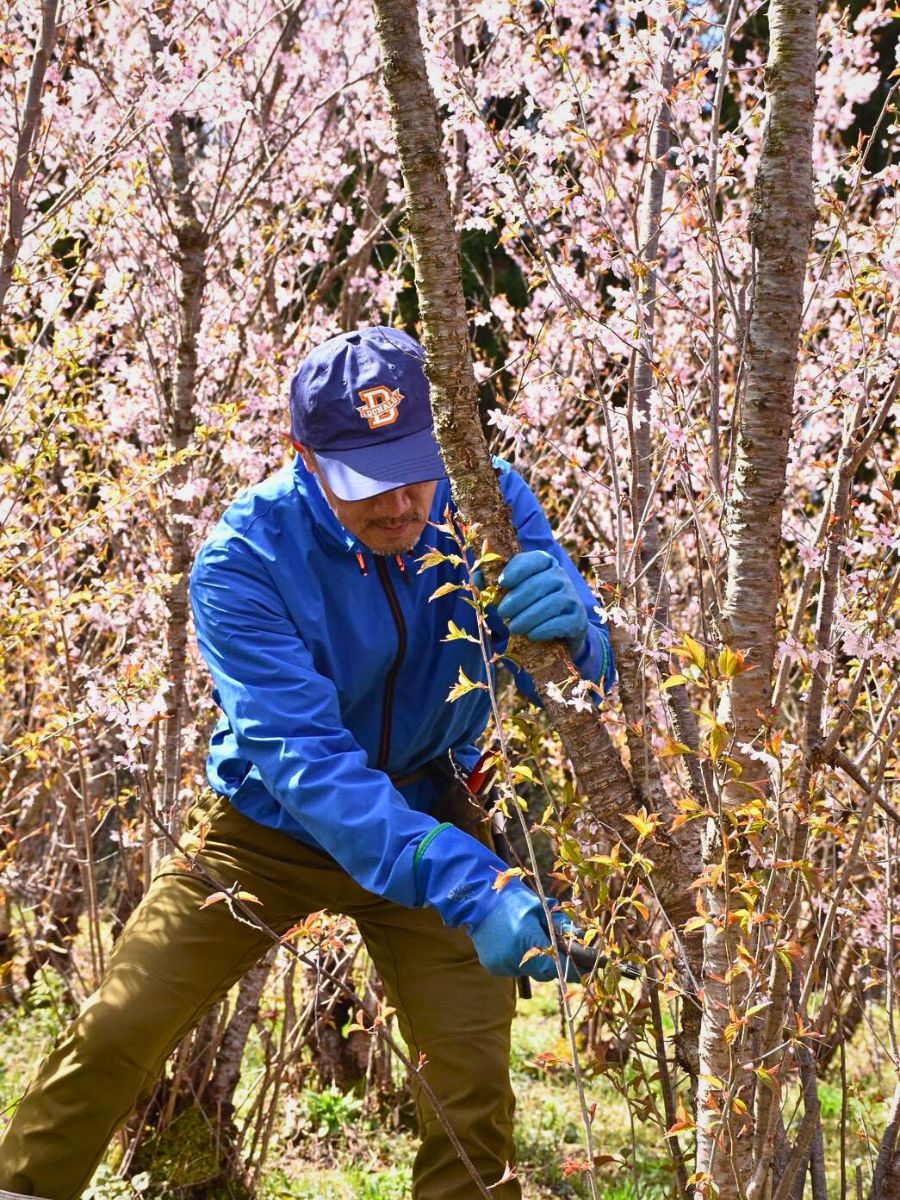
A key partner in Aucnet’s work is JA Shonai Midori, an agricultural cooperative in Yamagata Prefecture. Aucnet has teamed up with JA Shonai Midori since about 2011, and their focus lies on exports to Hong Kong, Vietnam, and Singapore, especially around the Lunar New Year. Lately, they have, however, added the Netherlands to the list.
Even though the Dutch have their own local cherry blossom, Japan's Keio variety ships out earlier, giving it an edge. Still, yet, JA Shonai Midori’s growers have a strong bond, pulling together smoothly for exports, which makes them reliable. During busy times like the Lunar New Year, when the orders are large, they cultivate and deliver consistent sakura that can be shipped with assurance, maintaining steady quality that one can count on.
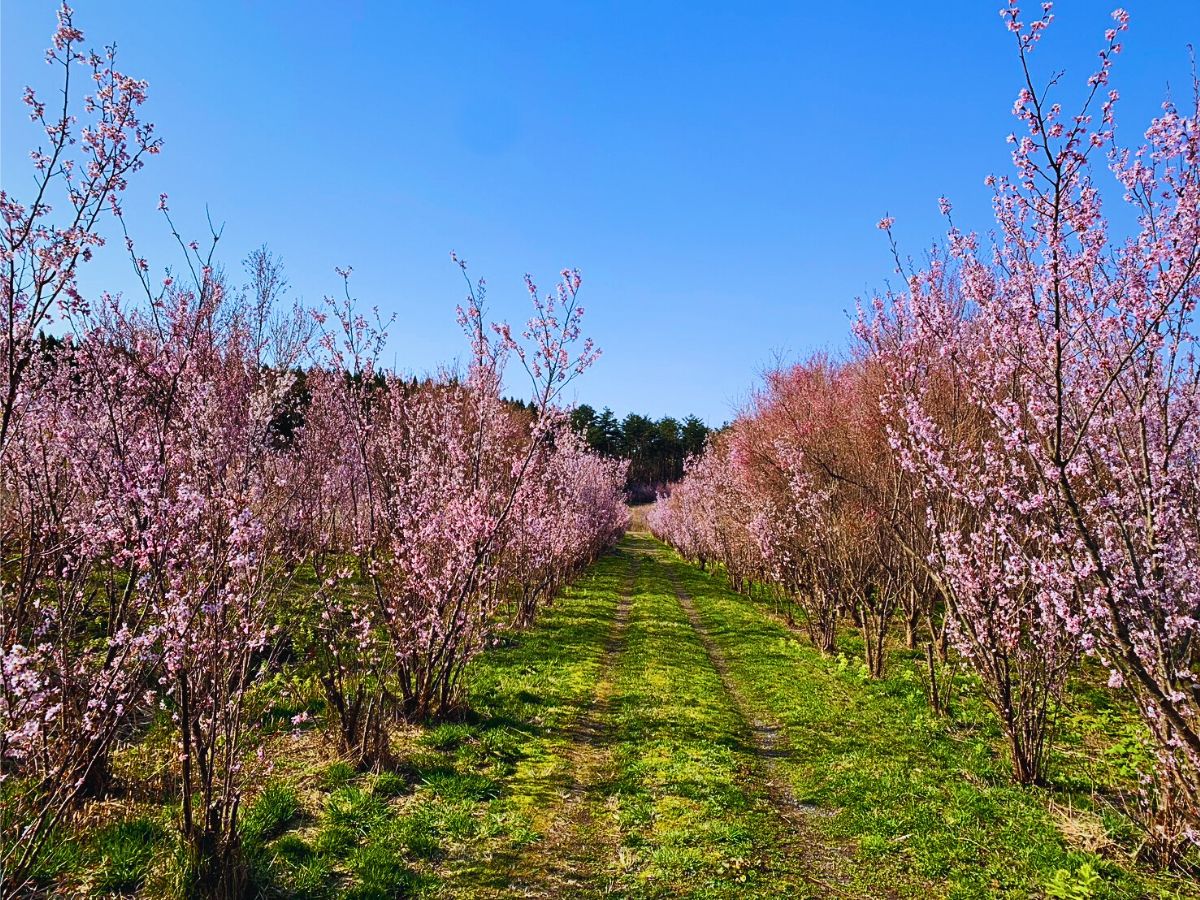
Exporting to Asia means dealing with big temperature swings, so adjusting the buds takes extra precision. The growers go the extra mile, traveling to the destinations themselves, feeling the local weather, and using that insight to fine-tune their methods. Japan's winters also change a lot year by year—some chilly, some mild. So, adapting to that calls for real know-how built over time. Under the chairman, Takahashi's guidance, a group of 20 producers handles the Keio cherry shipments, and for 2025, they sent out around 170,000 stems, a solid showing of their effort.
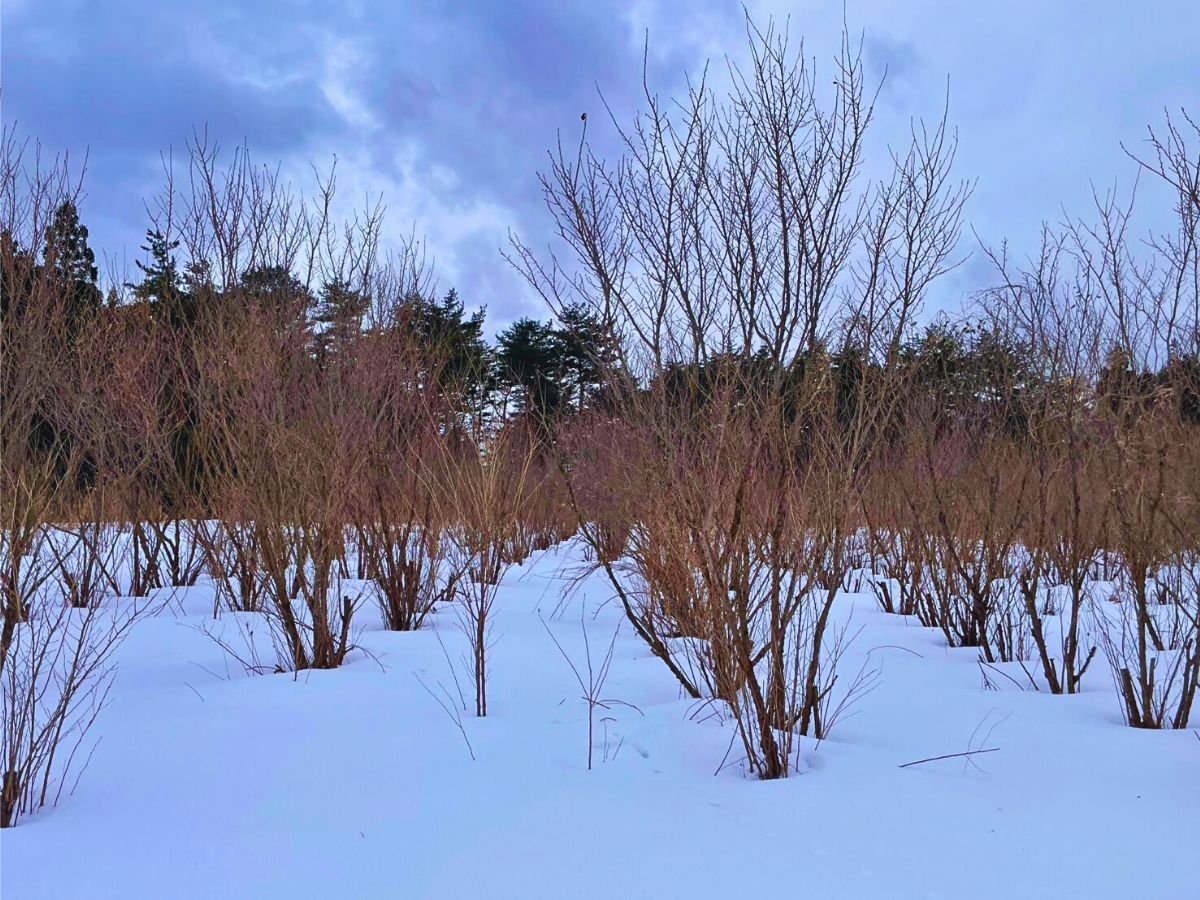
Growing Cherry Blossoms and the Science Behind Their Perfect Pink Petals
If you have ever wondered how these cherry blossoms achieve their beautiful pink color and stay healthy, it all comes down to anthocyanin in the petals. This pigment, which gives the flowers their characteristic pink shade, needs specific conditions to form properly. These are low temperatures combined with ultraviolet light exposure—essentially, cold weather and sunlight working together.
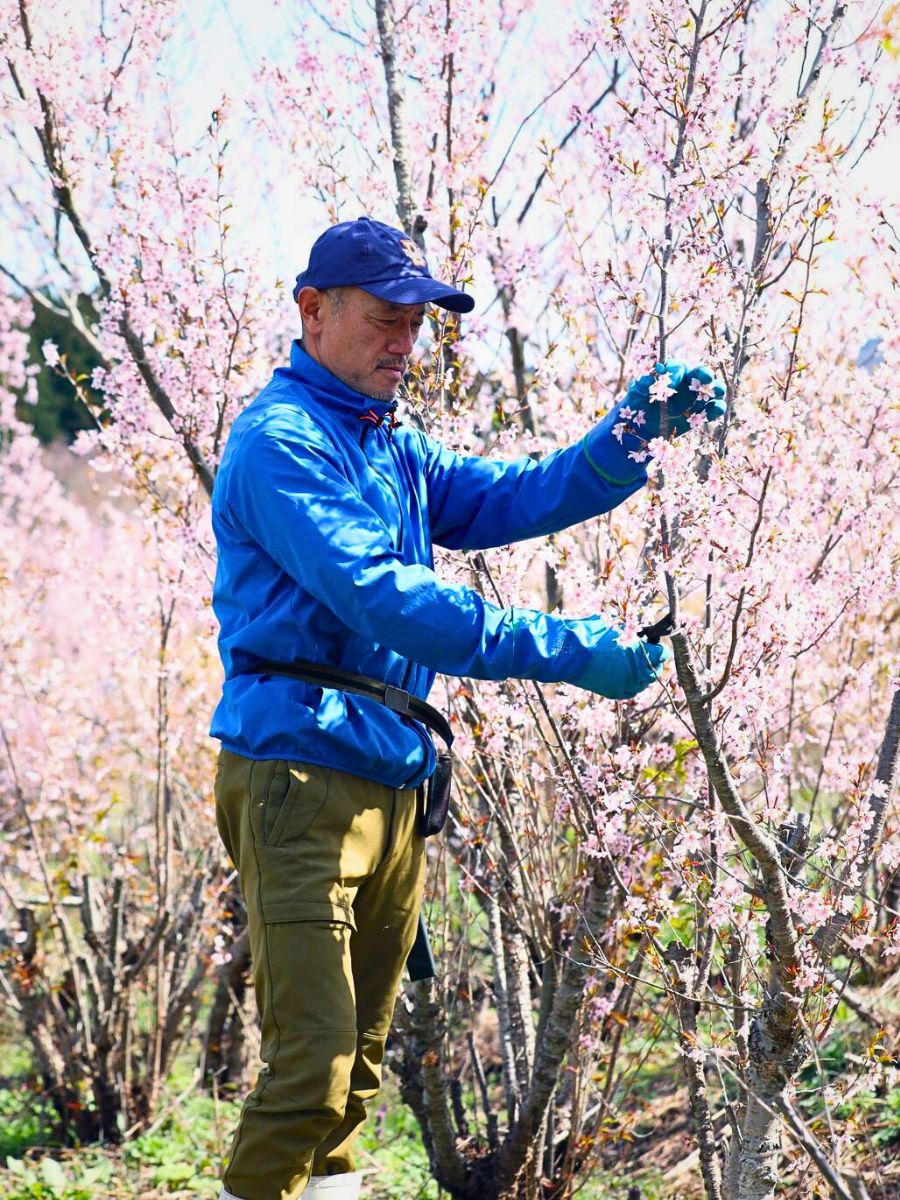
Cherry blossoms also do not appreciate quick-warming conditions, as these make them open rapidly and drop their petals just as fast. As the flowers mature and near the end of their life, the pink deepens from increased anthocyanin accumulation.
The Outlook for the 2026 Season
For the 2026 season, things are shaping up well. Growers are already growing their Keio cherry trees, and shipments run anywhere from the end of the year through mid-March. Right now, the buds are forming nicely, and the trees look strong and healthy.
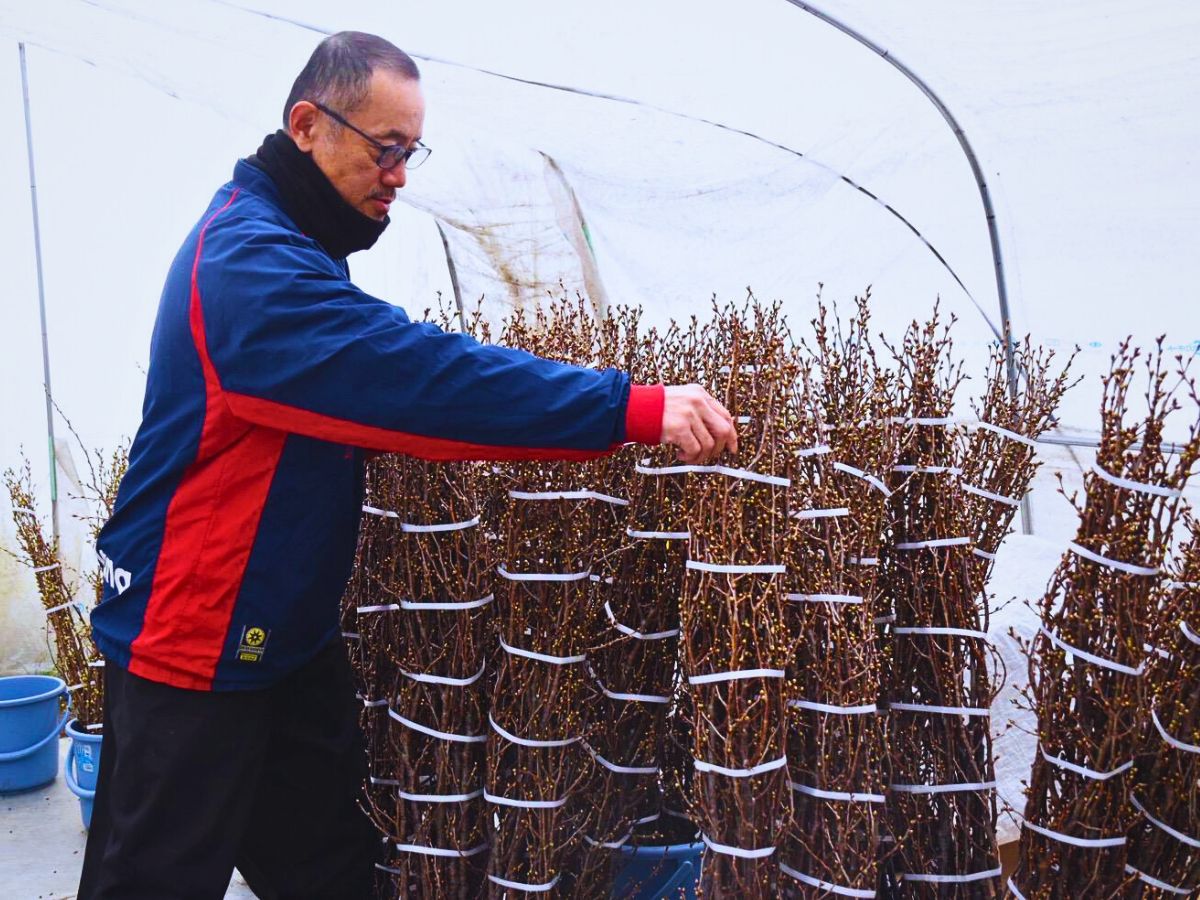
The 125cm branches sell the most for exports, but there is also a bigger 165cm option. Aucnet aims to push that larger size more actively. Orders for Lunar New Year cherry blossoms are open now, so one can reach out to Aucnet directly, or if in Europe, check through Greenflor.
Photos by Aucnet.

